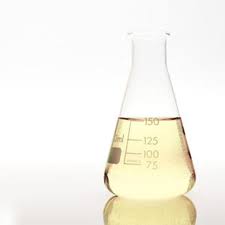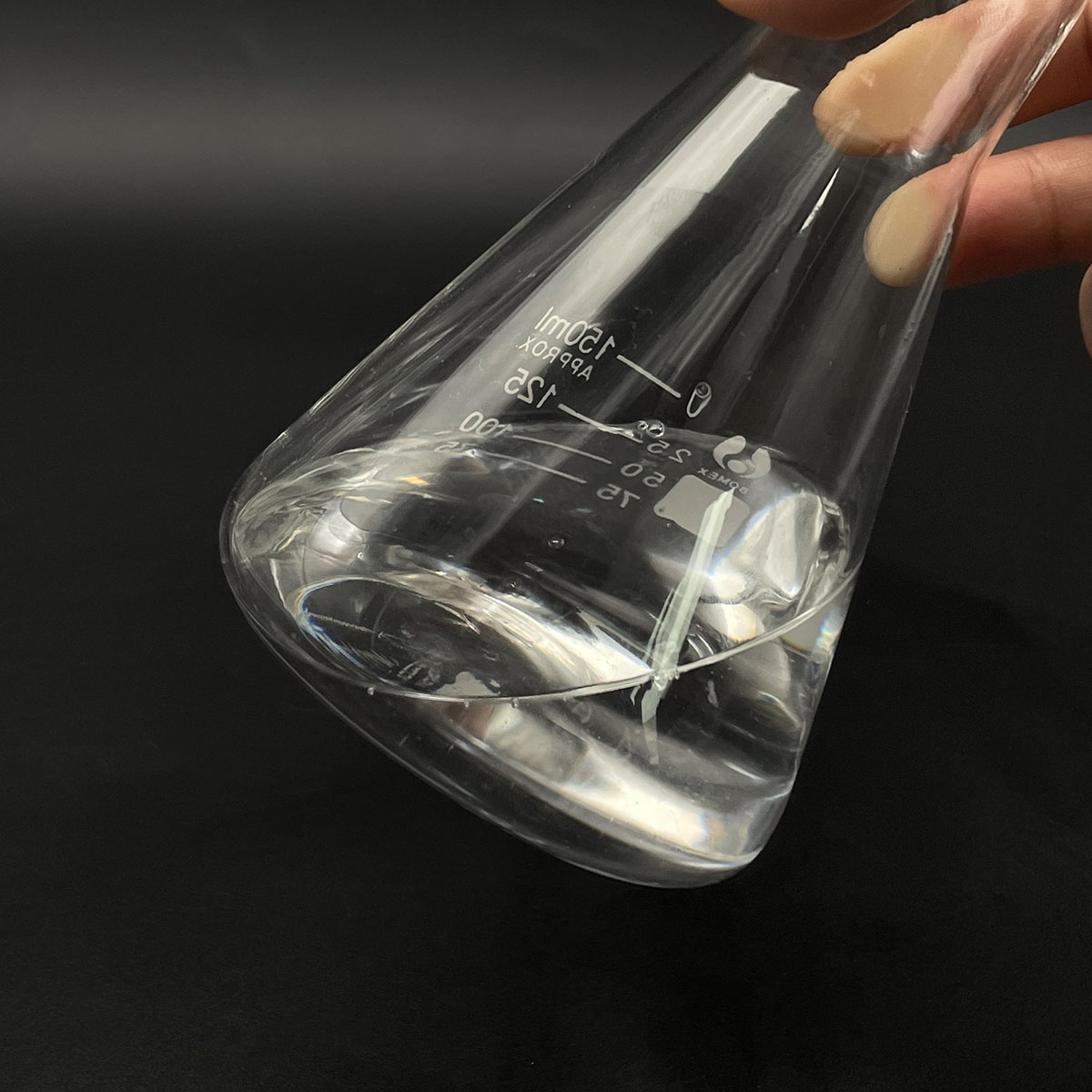Title: “The Stealthy Saboteurs: How Surfactants Unleash Their Chemical Magic to Disrupt Bacterial Armor”
(Cellular Saboteurs: Are Surfactants the Group of Chemicals that Disrupt Bacterial Cell Membranes?)
Imagine a battlefield where the enemy is invisible to the naked eye, lurking within the very cells of our bodies. These stealthy adversaries are not human, but rather microscopic foes – bacteria. They are constantly at war with our immune systems, trying to gain entry and wreak havoc. But, there’s a secret weapon in our arsenal that can turn the tide of this microscopic battle. It’s called surfactants, and they’re a group of chemicals that have the power to disrupt bacterial cell membranes.
Let’s dive into the world of surfactants and explore how these chemical warriors work their magic. Surfants, or surface active agents, are substances that lower the surface tension between two different phases, such as water and oil. In the context of battling bacteria, they do just that by lowering the energy barrier for water molecules to penetrate the bacterial cell membrane.
Picture a fortress wall that keeps invaders out. The cell membrane of bacteria acts similarly, serving as a protective barrier that keeps harmful substances from entering. However, when surfactants come into play, they can weaken this barrier, making it easier for the immune system to attack and eliminate the bacteria.
But wait, how does this happen? It’s all about the structure of surfactants. Most of them have a hydrophilic (water-loving) head and a hydrophobic (water-fearing) tail. When these molecules encounter a bacterial cell membrane, the hydrophilic heads interact with water, while the hydrophobic tails try to avoid water. This unique structure allows surfactants to easily attach themselves to the membrane, destabilizing it and eventually causing it to rupture.
Think of it like a delicate soap bubble. As you blow on it, the air pressure inside increases, eventually causing the bubble to pop. Similarly, surfactants build up pressure within the bacterial cell, leading to its demise. This disruption not only helps the immune system by making bacteria more vulnerable to attack, but it also aids in the clearance of infections.
Moreover, surfactants aren’t just limited to fighting off bacterial infections. They play crucial roles in various industries, including cosmetics, pharmaceuticals, and even in the formulation of cleaning products. In the realm of medicine, they are used in the treatment of lung diseases, where they help reduce surface tension in the lungs, improving breathing and overall respiratory function.
(Cellular Saboteurs: Are Surfactants the Group of Chemicals that Disrupt Bacterial Cell Membranes?)
In conclusion, surfactants are a fascinating group of chemicals that serve as powerful tools in both the battlefield of our immune systems and the industrial world. By understanding their unique properties and applications, we can harness their power to combat bacterial threats and enhance our daily lives. So next time you use a product containing surfactants, remember the role these stealthy saboteurs play in keeping us healthy and thriving.
Inquiry us
if you want to want to know more, please feel free to contact us. (nanotrun@yahoo.com)



